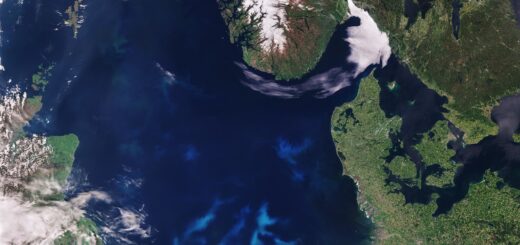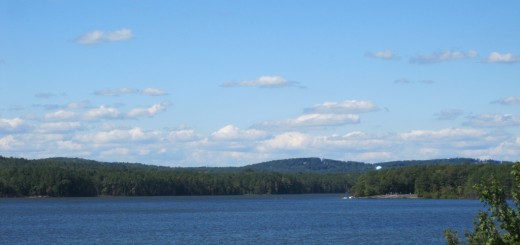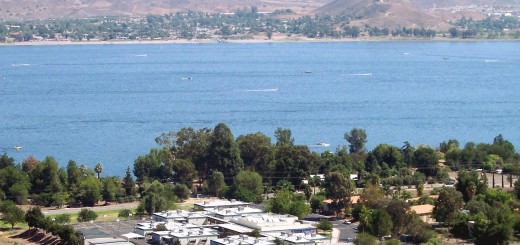Lakes to blame for sea otter deaths
0 Harmful algal blooms are known to harm to freshwater lakes, ponds and reservoirs, but new research shows that their effects can spread even farther than lakeshores. Scientists have found that microsystis – a toxic and potentially fatal compound produced by freshwater harmful algal blooms – has been killing sea otters off the coast of California.
Harmful algal blooms are known to harm to freshwater lakes, ponds and reservoirs, but new research shows that their effects can spread even farther than lakeshores. Scientists have found that microsystis – a toxic and potentially fatal compound produced by freshwater harmful algal blooms – has been killing sea otters off the coast of California.
In hot summer months, freshwater blooms can develop and cover a lake’s surface. During storms, reservoir outlets and rivers can discharge large volumes of this microsystis-containing water into the ocean where it can remain for weeks. Once in the ocean, microsystis can get filtered out by oysters, mussels, clams, crabs, and other marine animals – many of the sea otter’s favorite foods. Microsystis then builds up in Sea Otters, damaging their livers and killing them if concentrations get too high.
Read more at news.ucsc.edu and Science.












